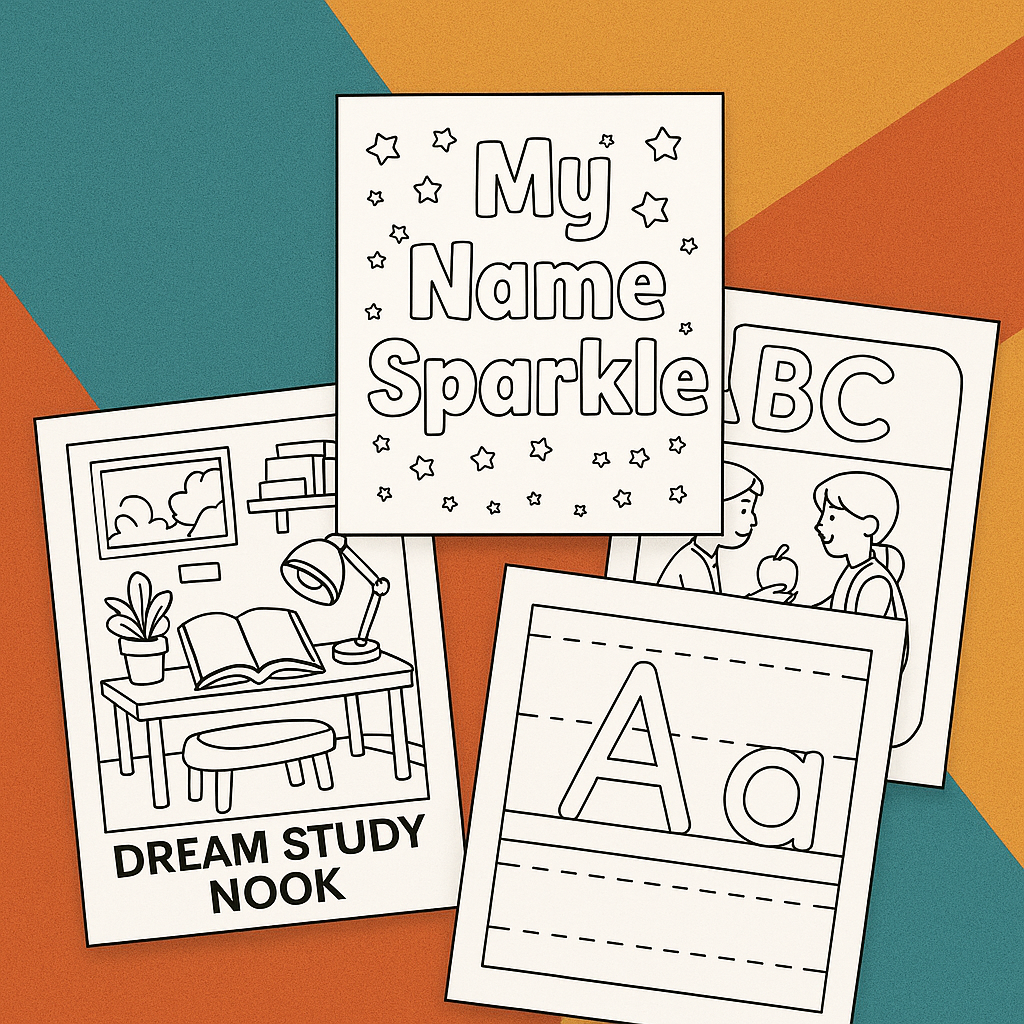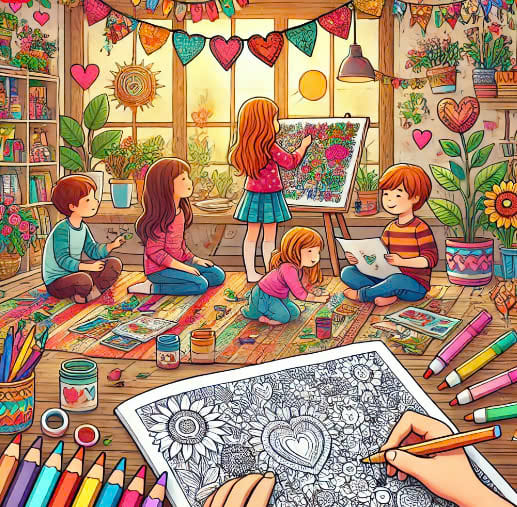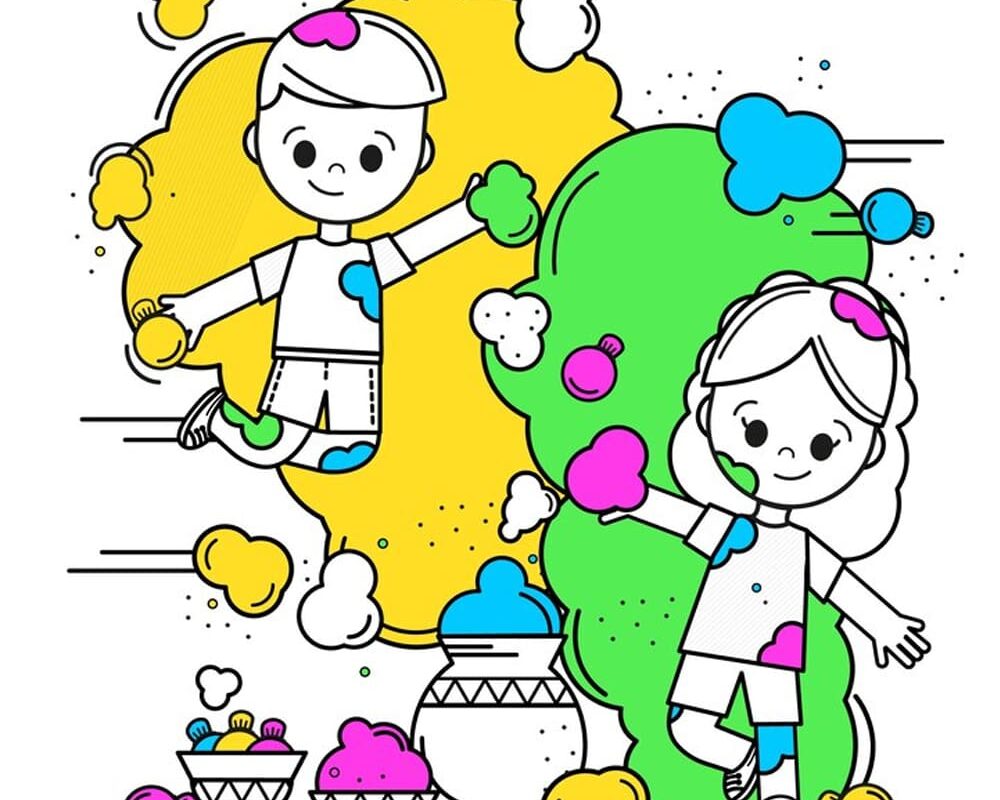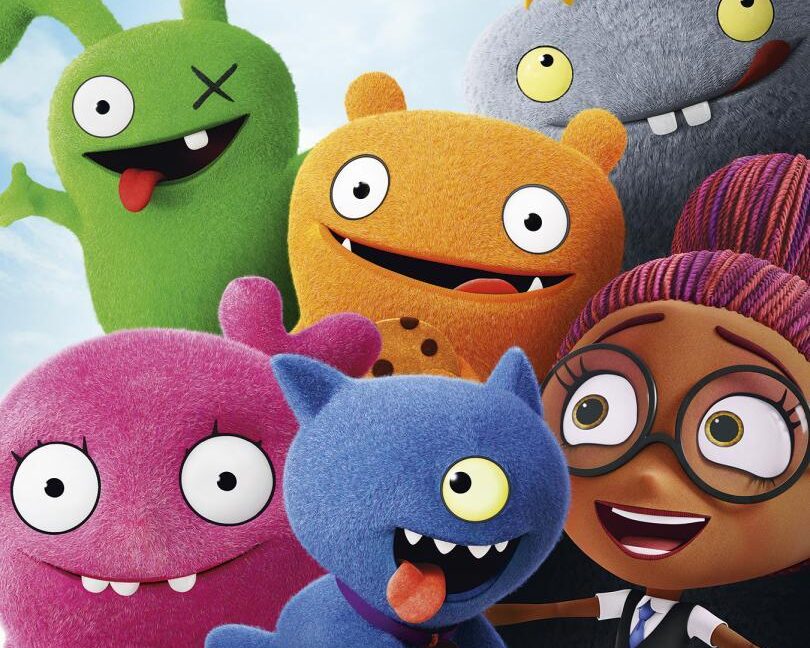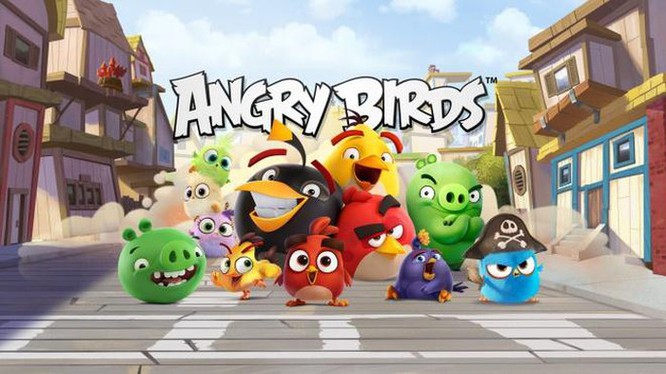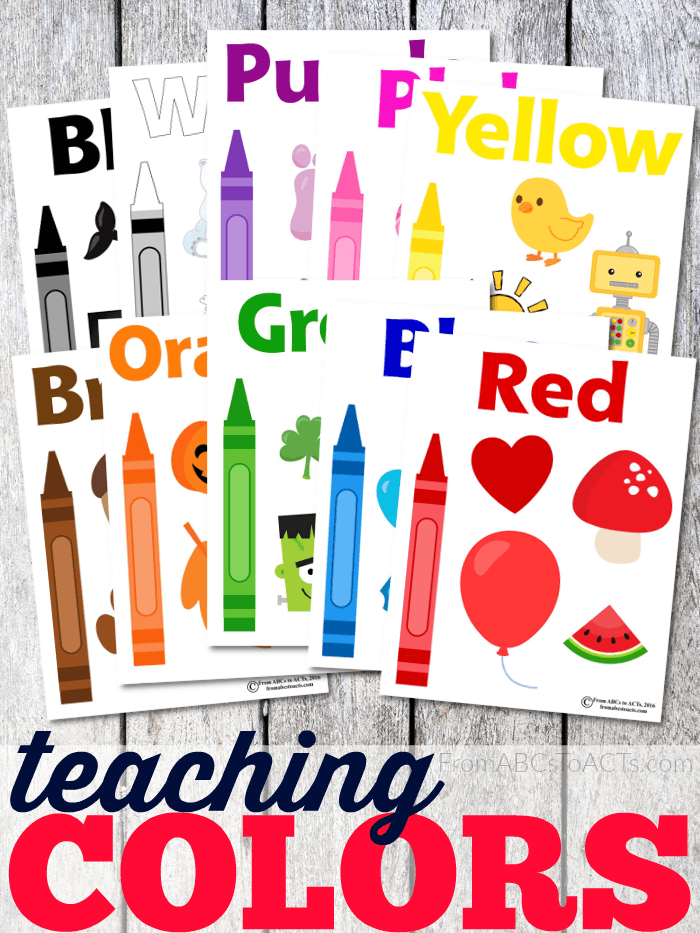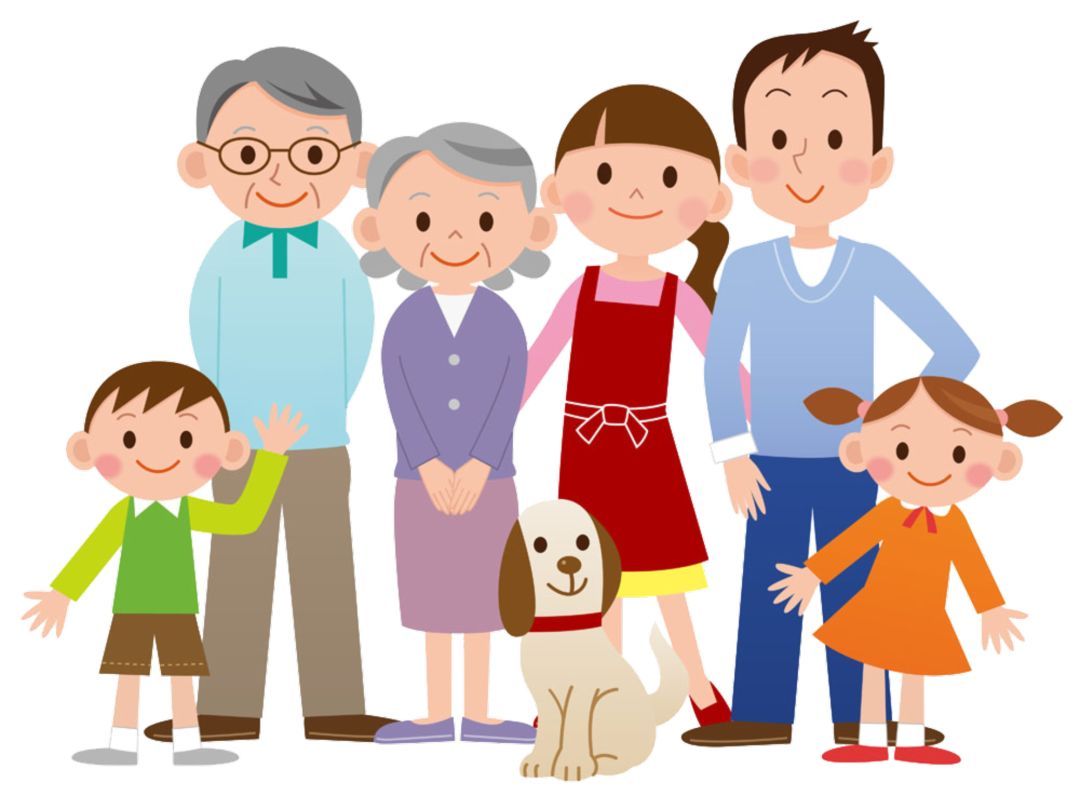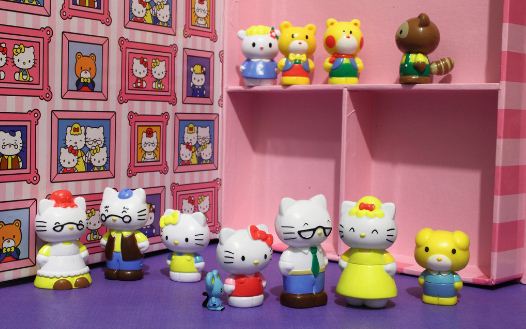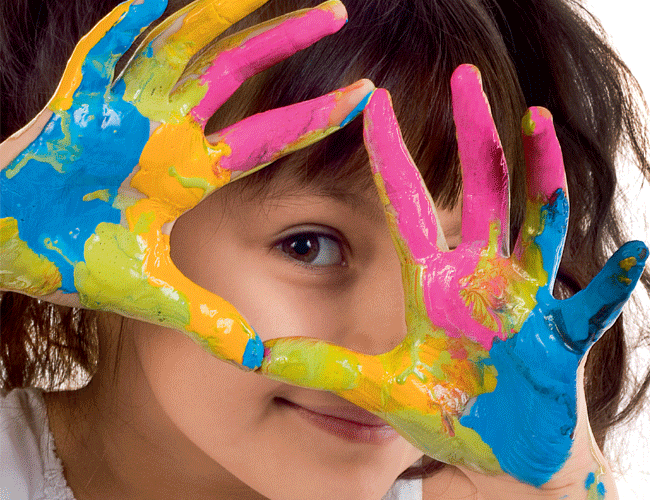How Coloring Pages Help Children Build Strong Fine Motor Skills
At ColoringPagesOnly.com, we see every day how a simple coloring page can turn into a powerful learning tool. For kids, coloring isn’t just a fun, quiet activity – it’s also a wonderful way to build fine motor skills, strengthen little hands, and prepare them for writing, self-care, and school.
In this article, we’ll walk you through:
- What fine motor skills are and why they matter
- How coloring pages support fine motor development
- Which types of coloring pages are best for each age
- Simple ways to use our free printables at home or in the classroom
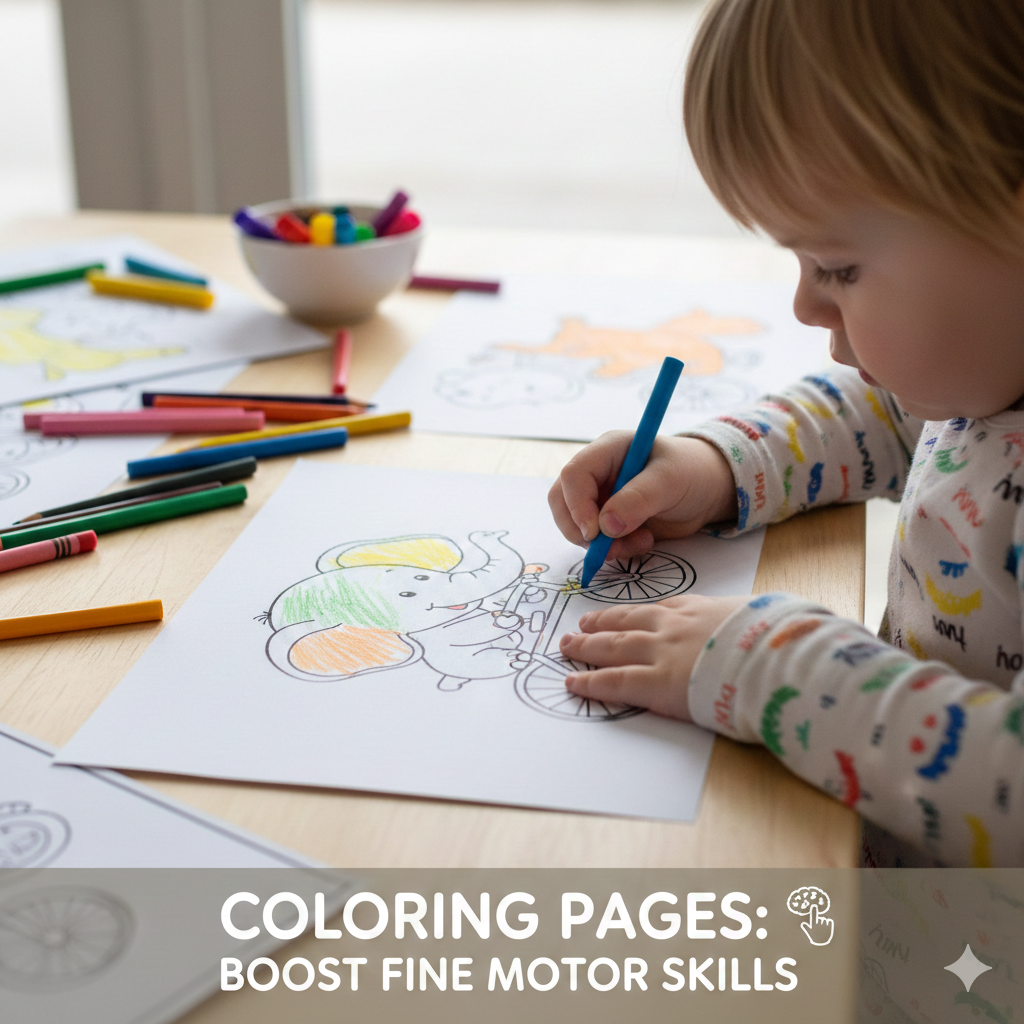
What Are Fine Motor Skills?
Fine motor skills are the small, precise movements children make with their hands, fingers, and wrists – usually in coordination with their eyes. These skills help kids:
- Hold and control a pencil or crayon
- Button and zip clothes
- Use scissors safely
- Open snack packages and containers
- Manipulate small objects, toys, and tools
When fine motor skills are still developing, children may:
- Get tired quickly when writing or drawing
- Struggle with basic self-care tasks
- Feel frustrated with activities that require precision
The great news is that these skills can be strengthened through playful practice. Coloring pages are one of the easiest, most accessible ways to do that, and you’ll find thousands of free options here at ColoringPagesOnly.com.
How Coloring Pages Support Fine Motor Development
When a child sits down with a coloring page and a few crayons, a lot is happening behind the scenes.
1. Strengthening Hand and Finger Muscles
To make bright, visible marks on paper, children need to press and move their crayons or colored pencils. That simple movement helps:
- Build strength in the fingers and hands
- Activate the small muscles needed for writing
- Improve endurance so kids can draw and write for longer without getting tired
Regular coloring time is like a gentle “workout” for little hands.
Tip: For younger kids, start with short sessions (5-10 minutes) and gradually increase the time as their hand strength and focus improve.
2. Encouraging a Functional Crayon or Pencil Grip
Most toddlers begin by holding crayons in a fist. Over time, with repeated coloring, they naturally move toward a more mature three-finger grip using the thumb, index, and middle finger.
Coloring pages support this transition by giving children:
- Many chances to pick up and put down crayons
- Opportunities to adjust their grip to color smaller spaces
- Practice applying lighter and heavier pressure
Short, chunky crayons are especially helpful for preschoolers because they gently encourage a better grip.
3. Boosting Hand-Eye Coordination
Coloring “inside the lines” is classic hand-eye coordination practice. Children must:
- Look carefully at the outline
- Plan where to move their hand
- Adjust direction and pressure as they go
This skill is important later for:
- Writing on lines
- Cutting along shapes
- Building with small blocks
- Completing puzzles and other fine-motor tasks
4. Practicing Control and Precision
A well-designed coloring page includes both:
- Larger areas for broad strokes
- Smaller details for careful, precise movements
When kids color tiny parts of a picture-like eyes, buttons, leaves, or patterns-they practice:
- Slowing down
- Using their fingers more than their whole arm
- Controlling where each stroke begins and ends
These are the same skills they’ll need for neat handwriting.
5. Building Focus, Patience, and Confidence
Coloring also supports social-emotional growth:
- Kids learn to sit and work on a task for a short period
- They make decisions about colors and where to start
- They feel proud when they finish a page and show it to you
A finished coloring page is more than just art – it’s a sign of growing focus, patience, and self-confidence.
Using Coloring Pages by Age
Because we offer coloring pages for all ages, you can easily choose designs that support fine motor skills at every stage.
Ages 2-3: Exploring and Making Marks
Goal: Help toddlers get comfortable holding crayons and making simple marks.
- Choose very simple images with large shapes and bold outlines, such as cute animals or basic objects.
- Suggestion: link to your Cute Animal Coloring Pages or Animals Coloring Pages collections here.
- Offer chunky crayons that are easy to grasp.
- Let kids scribble freely – any mark is valuable practice at this age.
Focus on fun and exploration, not perfection.
Ages 3-4: Beginning to Color Within Boundaries
Goal: Introduce the idea of staying inside larger shapes.
At this stage, many children can:
- Hold crayons more securely
- Follow simple visual boundaries
You can:
- Use pages with a few larger shapes and simple scenes (animals, playgrounds, basic transport).
- You can link to Playground Coloring Pages or Pets Coloring Pages here.
- Encourage kids to color “just this part” of the picture.
- Praise effort whenever they try to stay inside the lines.
Ages 4-6: Training Precision and Endurance
Goal: Improve control, grip, and the ability to finish a task.
Preschoolers and early elementary students can handle:
- Coloring pages with more detail and several elements
- Smaller spaces that require finer control
This is a great time to introduce:
- Preschool Coloring Pages and Educational Coloring Pages for early learning and skill practice.
- Simple themes like school, weather, and numbers.
- Example: Back to School Coloring Pages are perfect for building fine motor skills and easing school transitions.
Encourage children to finish one page or one section at a time. This builds endurance and a sense of achievement.
Ages 6 and Up: Combining Skill, Learning, and Creativity
Goal: Use coloring to support handwriting, subject learning, and creative expression.
For older kids, you can:
- Offer more detailed designs, such as realistic animals or vehicles.
- Great places to link: Realistic Animal Coloring Pages or Car Coloring Pages.
- Introduce Color by Number Coloring Pages to combine fine motor practice with number recognition and attention to detail.
- Encourage kids to add their own details and backgrounds around the printed images.
At this stage, coloring supports both school skills and creativity.
How to Turn Coloring into a Daily Fine Motor Habit
You don’t need a complicated program. A few simple routines can turn coloring into a powerful daily activity:
- Create a small coloring corner
Keep crayons or colored pencils and a stack of printed pages ready. You can print from any of our collections in PDF, JPG, or PNG formats, or let kids color online directly on our site. - Start with short, consistent sessions
- 5-10 minutes a day for toddlers and preschoolers
- 10-20 minutes for older kids
- Color together as a family
Coloring is a wonderful bonding activity. You can even use our Family Coloring Pages to turn fine motor practice into meaningful family time. - Celebrate effort and progress
Display finished pages on a wall or fridge. Kids love seeing their work, and it motivates them to keep practicing. - Explore new topics often
Visit our New Coloring Pages section to keep things fresh and exciting with the latest themes and designs.
Final Thoughts
Coloring pages may look simple, but they offer powerful benefits for children:
- Stronger hands and fingers
- Better grip and control for handwriting
- Improved hand-eye coordination and focus
- A calm, creative way to practice important skills every day
At ColoringPagesOnly.com, we’re proud to offer over 100,000 free printable coloring pages that support creativity, learning, and fine motor development for kids of all ages.
Print a few pages today, set out some crayons, and let little hands grow stronger, one colorful stroke at a time.


